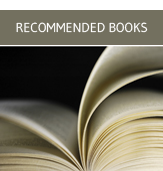Wanderlust: Your Favorite Travel Books
"Wanderlust" is a short-term exhibition currently on display in The Peluso Family Exhibition Gallery, featuing favorite travel books selected by Library members and staff. Read about the featured books below, or stop in and have a look at the exhibition to find your next book to read or your next travel destination. Circulating copies of these books are available in the gallery.
Cornelia Otis Skinner & Emily Kimbrough | Our Hearts Were Young and Gay
Of course Our Hearts Were Young and Gay is the classic of “les enfants à l’étranger,” but I would definitely include the delicious Water, Water Everywhere, Time Enough, and Forty Plus and Fancy Free among many others. Also all the incredible Emily Kimbrough travel memoir books! —Cornelia Berry (member)
Axel Munthe | The Story of San Michele 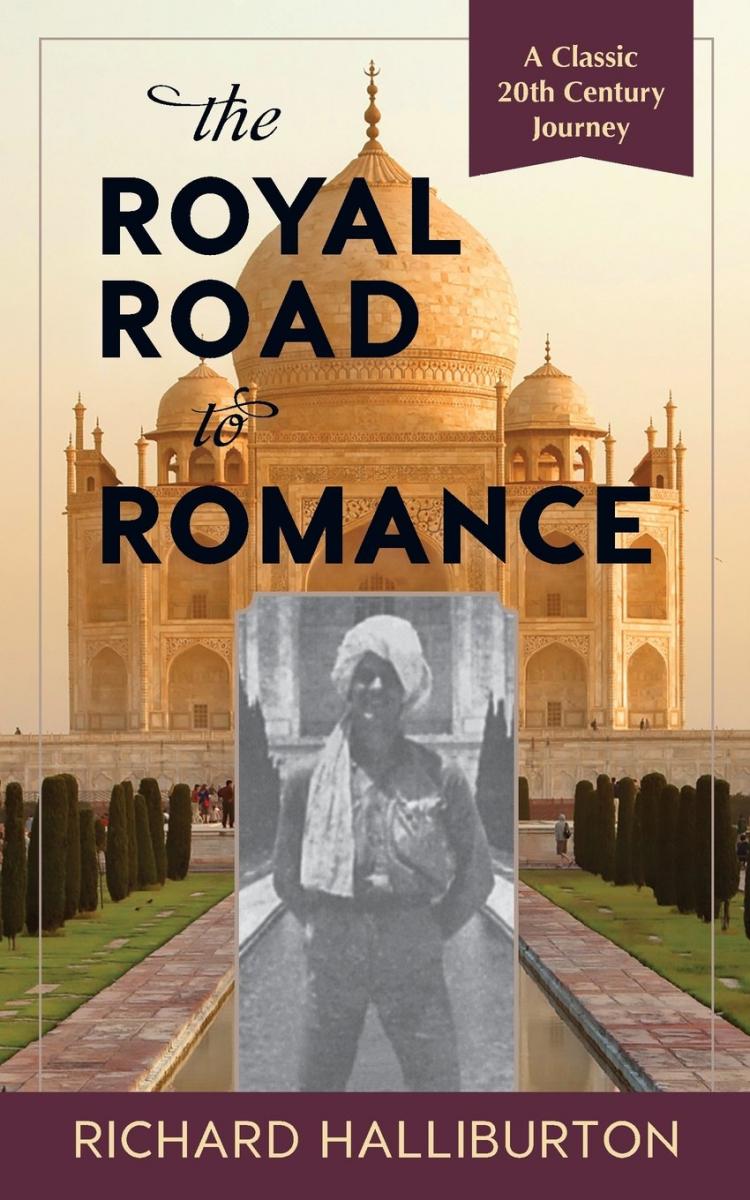
The Story of San Michele by the Swedish physician Axel Munthe tells the story of his love for (old) Capri and the slow building of his villa there, much of it out of Tiberian rubble. Mixed with enchanting pictures (I mean paintings of the mind, not vignettes) of the life there (almost wholly pre-literate), and quite hair-raising stories of plagues and epidemics (he was a doctor, after all) there and especially in Naples. Finnish witches are thrown in gratis, as well as terrifying mothers superior. The villa is still there, and can with some difficulty be seen. A book to cling to, and read over and over again through one’s life. Happy summer! Here in Florence it’s 105F. God help us all! —Francis O’Neill (member)
Richard Halliburton | The Royal Road to Romance
I was probably about twelve when I fell in love with the books of Richard Halliburton. It may have been that, at first, I thought “romance” (from The Royal Road to Romance) had quite a different meaning. But when I found it was about ADVENTURE, I couldn’t get enough of it. I now know the accounts may not have stuck exactly to the truth—and it may be that his feats of daring were partly to compensate for the fact that he had to hide the fact that he was gay—but those books probably colored much of the rest of my life as a playwright—living life vicariously through the lives of my characters. —Ruth Wolff (member)
John Steinbeck | Travels with Charley: In Search of America
This is Steinbeck’s last full-length book, the chronicle of his eleven-week American road trip by truck in 1960, accompanied only by his idiosyncratic poodle Charley. Steinbeck’s purpose was primarily to get in touch with the country he felt he no longer knew. But the author also wanted to prove that he still had creative and physical power, despite setbacks in his writing and health.
—Timothy R. Burroughs (member)
Ernest Hemingway | A Moveable Feast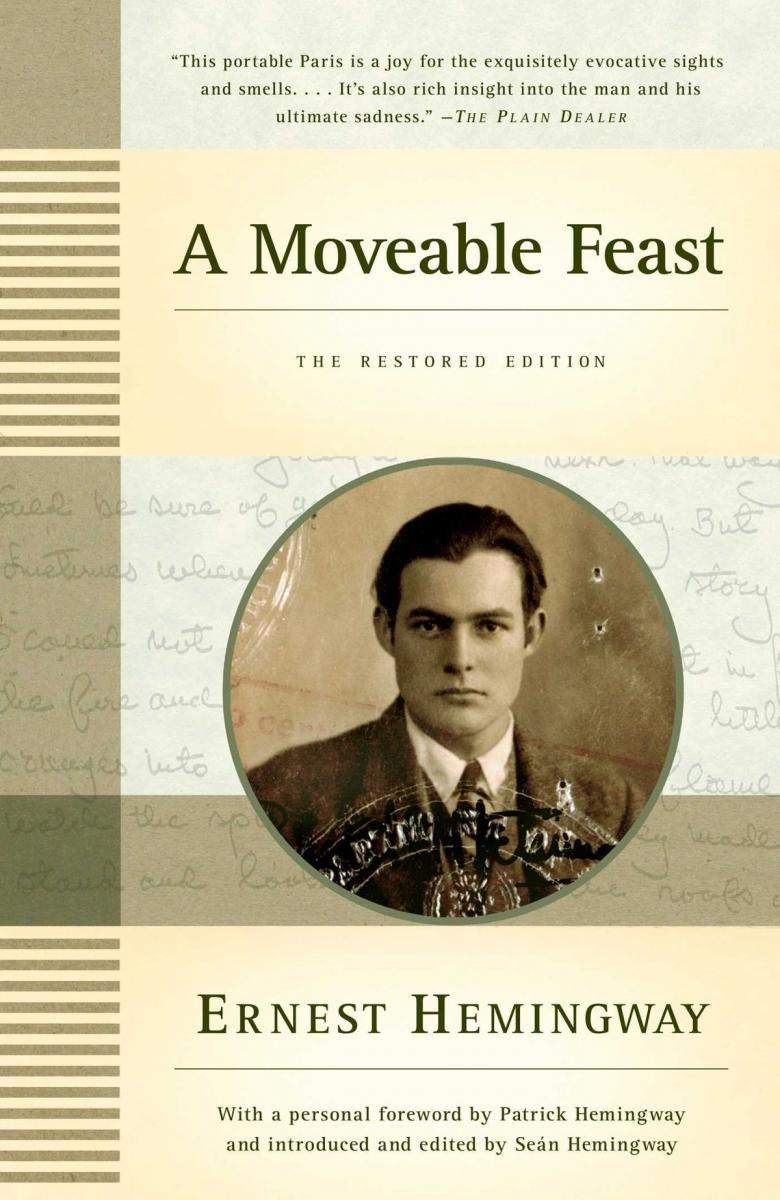
My favorite? Perhaps. My first? There, I’m more certain. Ahead of a memorable summer trip to France that I was lucky to enjoy as a teenager, I was instructed to read Ernest Hemingway’s A Moveable Feast, set in 1920s Paris. To this day (quite a few years later!) the words “travel read” and “Moveable Feast” are linked, inextricably, in my mind. —Erika Dreifus (member)
Charles Dickens | The Pickwick Papers
I packed The Pickwick Papers on a road trip with friends up the coast from L.A. to Oregon. The episodic nature of the book worked well with the stop-and-go nature of the voyage. —Irene Sax (member)
Satish Kumar | Path Without Destination
The book that I would recommend, in context here, is Path Without Destination by Satish Kumar. Full disclosure: Satish is my friend and I am his literary agent, but I can be objective when I advocate here for the healing, transcending, transporting, and as-yet-otherwise-relatively-unknown book by a man who should win a Nobel Peace Prize, for reasons alluded to in this NYT piece from almost 25 years ago: “A Big Leap in Pursuit of Smallness,” 1995. —Andrew Blauner (member)
Mark Twain | The Innocents Abroad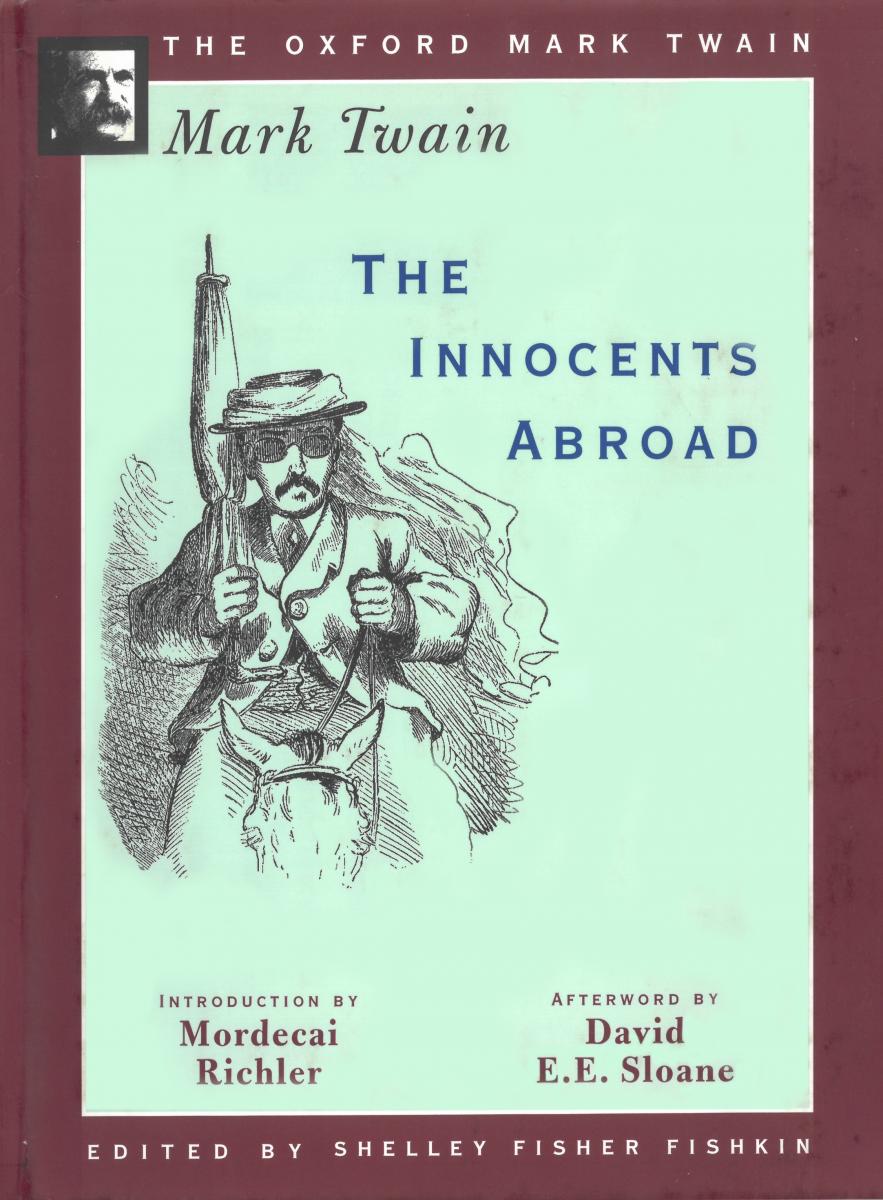
For me, the exhibition would be incomplete without Mark Twain’s The Innocents Abroad. I first read the book when I was fourteen and have reread it twice over the years. It played a seminal role in my craving to see the world, and I have been fortunate enough to make this happen in my life. As is typical, Twain’s powers of description are combined with wry mockery, dubbing an ignorant, know-it-all fellow traveler “The Oracle.” Broad, wholesome, charitable views of men and things cannot be acquired by vegetating in one little corner of the earth all one’s lifetime.
—Caroline Higgins (member)
Tim Butcher | Blood River: A Journey to Africa’s Broken Heart
The author follows the route of explorer H.M. Stanley along the Congo River by canoe, motorbike, and on foot, contrasting the explorer’s experiences with his own throughout this devastated, fascinating, and danger-filled land. —Constance Vidor (member)
Tim Egan | Dodsworth in Rome
Mary Pope Osborne | Night of the New Magicians (Magic Tree House Series, #35)
I love the Dodsworth series by Tim Egan. The first book is Dodsworth in New York and there are sequels where he goes to London, Paris, Rome, and Tokyo. I like that the characters are animals who travel, instead of people. The duck is also hilarious—he is always getting himself and Dodsworth into trouble everywhere they go! I have also read all of Mary Pope Osborne’s Magic Tree House Series many times! I like that there is time travel as well as travel to different places around the world. They have a lot of facts in them so you learn a lot. I also like how grown-ups in the books always listen to Jack and Annie’s advice, even if it’s really weird. —Felicity Strauss (member, age 9)
Patrick Leigh Fermor | A Time of Gifts
Few travel books can beat those of Patrick Leigh Fermor, beginning with A Time of Gifts. In the 1930s Fermor decided to walk from Hook of Holland to Constantinople. He did it, taking us along with him in three volumes (published many years apart). Sometimes he slept in fields with his rucksack as a pillow, and other times he dined with counts in his rumpled dinner jacket. The books combine history, travelogue, and Fermor’s experience with Europe at the brink of world war. —Susan Buckley (member)
I propose A Time of Gifts by Patrick Leigh Fermor. Actually, any PLF book would do (Mani, for example) but A Time of Gifts is particularly charming because it was written from notes made when he was young, talented, handsome, and curious. —Janet Davis (member)
Jane Wilson-Howarth | Bugs, Bites & Bowels
Bugs, Bites & Bowels by Dr. Jane Wilson-Howarth is a must-read to understand how to deal with the critters that are mentioned in the title. Not just for travel outside the United States and Western Europe, it is crucial for travelers who are going to “…the tropics, sub-tropics, mountainous regions and other remote areas.” Although Dr. Howarth is British and many of her travel clinics are in London, her travel savvy is worldwide. She even mentions one of my favorite international health advisory clinics (IAMAT), whose I.D. card I carry with me whenever I travel outside of the United States. —Gardner Haskell (member)
Jan Morris | Last Letters from Hav
Last Letters from Hav by our preeminent and much-celebrated travel writer Jan Morris is a superb summons to an extraordinary, obscure and welcoming destination. Morris’s passion for off-beat locales is on full display. She writes with persuasive attention to detail and lapidary verve. If you’ve already read this masterpiece, I need say no more. But if you haven’t, I’ll shut up and encourage you to commence this journey. Today. —David W. Bloom (member)
Nicolas Bouvier | The Way of the World (translated from the French by Robyn Marsack)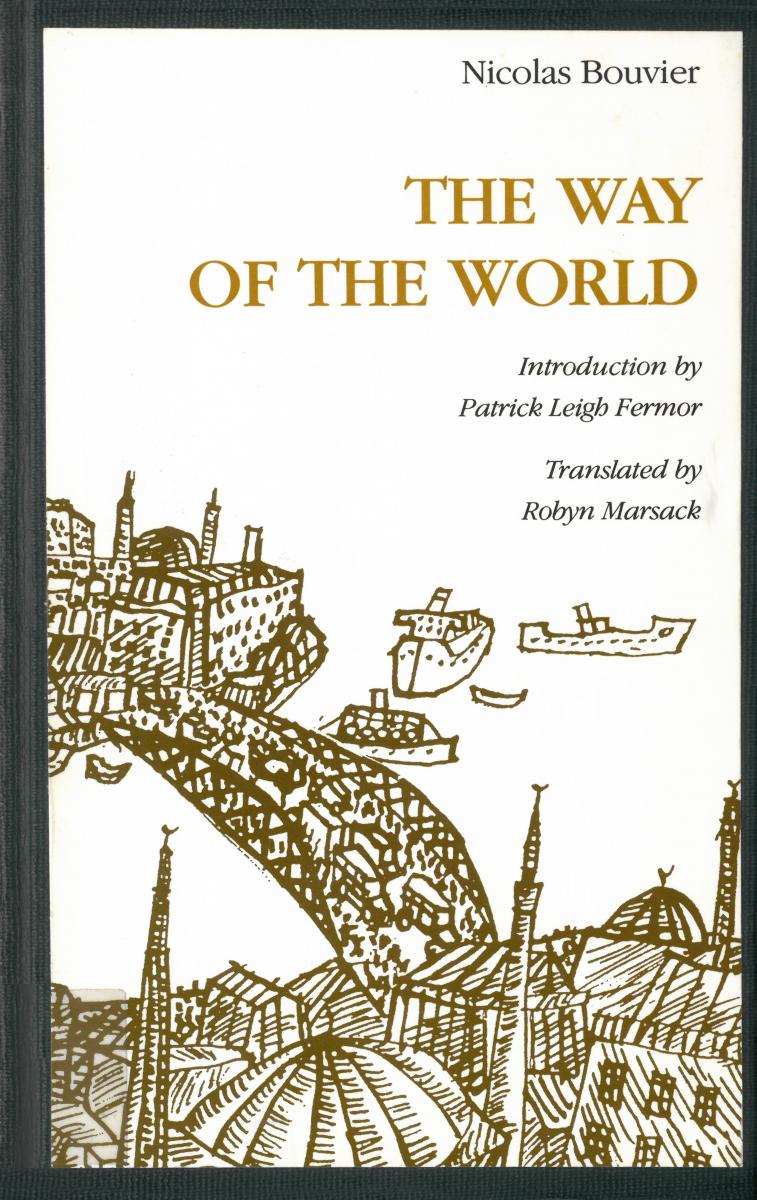
In 1953, a young Swiss writer and his artist friend get in a rattletrap Fiat and take off for the Khyber Pass on less than a shoestring. This most intelligent and literary travelogue charts their journey through the Balkans, Turkey, Iran, and Afghanistan, including six months overwintering in Tabriz, waiting for the passes to clear so they can continue on their way. He has a poetic sensibility, a masterful style, and an acute eye for tribal personalities (Kurds, Armenians, Afghans, Persians) and individual character. I spent five years of my childhood in the Middle East, not too long after Bouvier passed through, and he revived memories that had been long submerged. A masterpiece of travel writing. —Joan Kreiss (member)
Esther Freud | Hideous Kinky
If writing memoirs of my failings as a parent and a traveler means Kate Winslet plays me in the movie version, I’m on the next plane to Morocco! —Ayun Halliday (member)
Mary Roberts Rinehart | Tenting To-Night
Rinehart was a prolific writer of mysteries (you can find 46 of her novels in stack 6), considered by many to be America’s Agatha Christie (she is often credited, possibly incorrectly, as the author of the phrase “the butler did it”). She was also a journalist with a great love of adventure whose account of horse packing and boating in 1916 through the newly christened Glacier National Park and the Cascade Mountains is wonderfully amusing and enlightening. There’s no glamping here. The trip is exhilarating and oftentimes harrowing, and to the reader’s delight, Rinehart proves to be stronger than most of her fellow travelers—all men, including her husband, aka “the Head,” her three sons, and “an optimist named Bob.” —Carolyn Waters (head librarian)
Valerian Albanov | In the Land of White Death (translated from the Russian by Alison Anderson)
"One should not poke one’s nose into places where Nature does not want the presence of man."
If you enjoy books of polar exploration such as Alfred Lansing’s Endurance: Shackleton’s Incredible Voyage and Apsley Cherry-Garrard’s The Worst Journey in the World, the comparatively 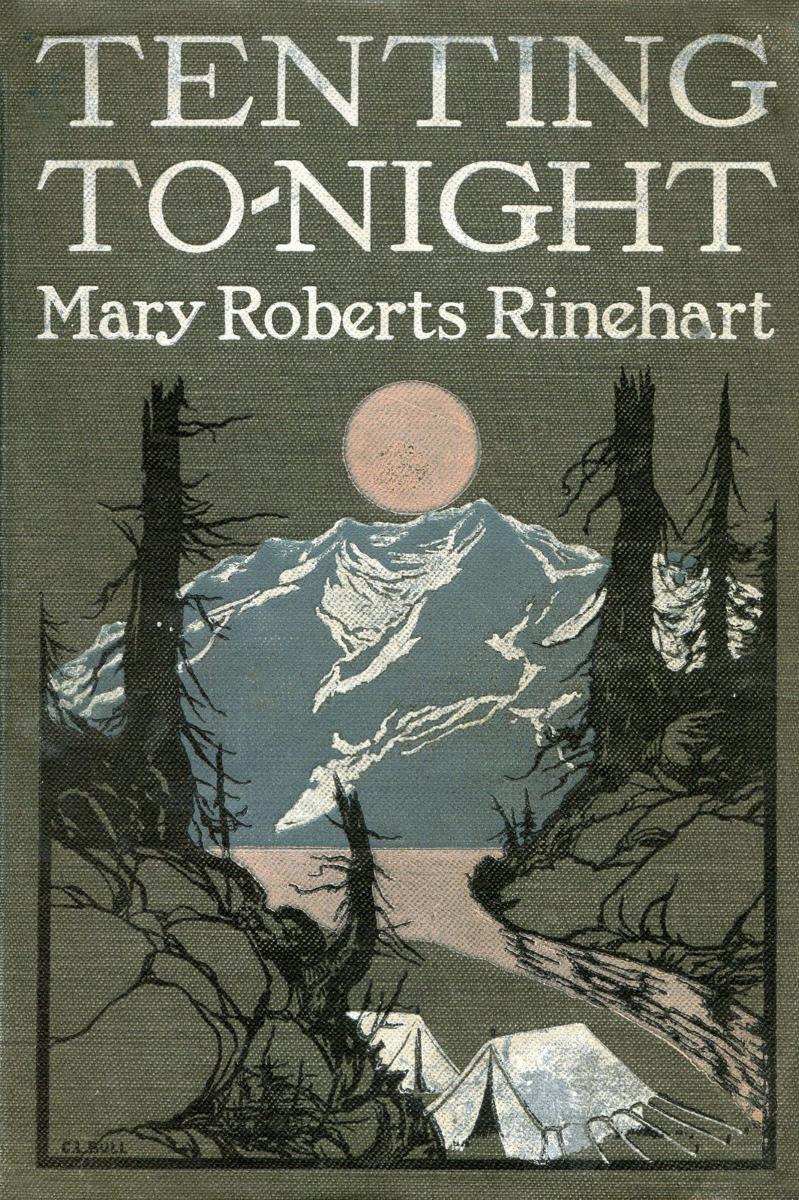 overlooked In the Land of White Death by Valerian Albanov (first published in 1917) may be to your liking. Searching for new Arctic hunting grounds in 1912, the crew of the Saint Anna found themselves trapped in the ice of the Kara Sea. Albanov and thirteen of his crew set off across the ice for Franz Josef Land, a ninety-day, 235-mile march of remorseless hardship and terror, with only an outdated map to guide them. The crew endured starvation, walrus attacks, sickness, and more. Albanov kept a daily record of the journey, and it is on this diary that his lean book is based. One comes away from this unforgettable book filled with admiration for his resilience and resourcefulness. —Steve McGuirl (head of acquisitions)
overlooked In the Land of White Death by Valerian Albanov (first published in 1917) may be to your liking. Searching for new Arctic hunting grounds in 1912, the crew of the Saint Anna found themselves trapped in the ice of the Kara Sea. Albanov and thirteen of his crew set off across the ice for Franz Josef Land, a ninety-day, 235-mile march of remorseless hardship and terror, with only an outdated map to guide them. The crew endured starvation, walrus attacks, sickness, and more. Albanov kept a daily record of the journey, and it is on this diary that his lean book is based. One comes away from this unforgettable book filled with admiration for his resilience and resourcefulness. —Steve McGuirl (head of acquisitions)
Ian Falconer | Olivia Goes to Venice
Falconer, of New Yorker cartoon fame, sends his precocious pig over to the Boot, specifically the magical Venice. Copious amounts of gelato are consumed as she gets lost in the floating city, enjoys a gondola ride, and sighs over bridges. Pick this one up to see what “special” souvenir she finds to remember her spring break vacation. Viva Olivia! —Susan Vincent Molinaro (children’s librarian)
The 50 Funniest American Writers*: an anthology of humor from Mark Twain to the Onion | *According to Andy Borowitz
“If Dad hadn’t shot Walt Disney in the leg, it would have been our best vacation ever!” So opens the original short story of John Hughes’ "Vacation ’58," the inspiration for the 80’s classic film—of the joys of packing up the family station wagon and heading to California for the ultimate dream family time of Disneyland—"National Lampoon’s Vacation." Pitfall after comedic pitfall occurs—including falling asleep at the wheel, being fleeced by local mechanics, robbing the motel for money, a police chase, and finally getting to the fabled Disneyland only to see the ‘closed for repairs’ sign. They all lead to the opening’s promise of Dad shooting Walt Disney in the leg. In the end, the Griswald family realizes that maybe air travel is the best way to see America after all. —Stephanie Merchant (circulation assistant)
Jack Kerouac | On the Road
I’m not reading it now, and it’s not a travel book, but I read it when I was a young teen, loved it, and immediately lobbied my family about a summer cross-country road trip. We took that trip in 1958. Seeing the U.S. before interstates, SUVs, Comfort Inns etc. was learning about a country foreign to a girl from Brooklyn. It changed my life—and thus, so did Kerouac. —Grace Lichtenstein (member)
Mohamed Mehdevi | Something Human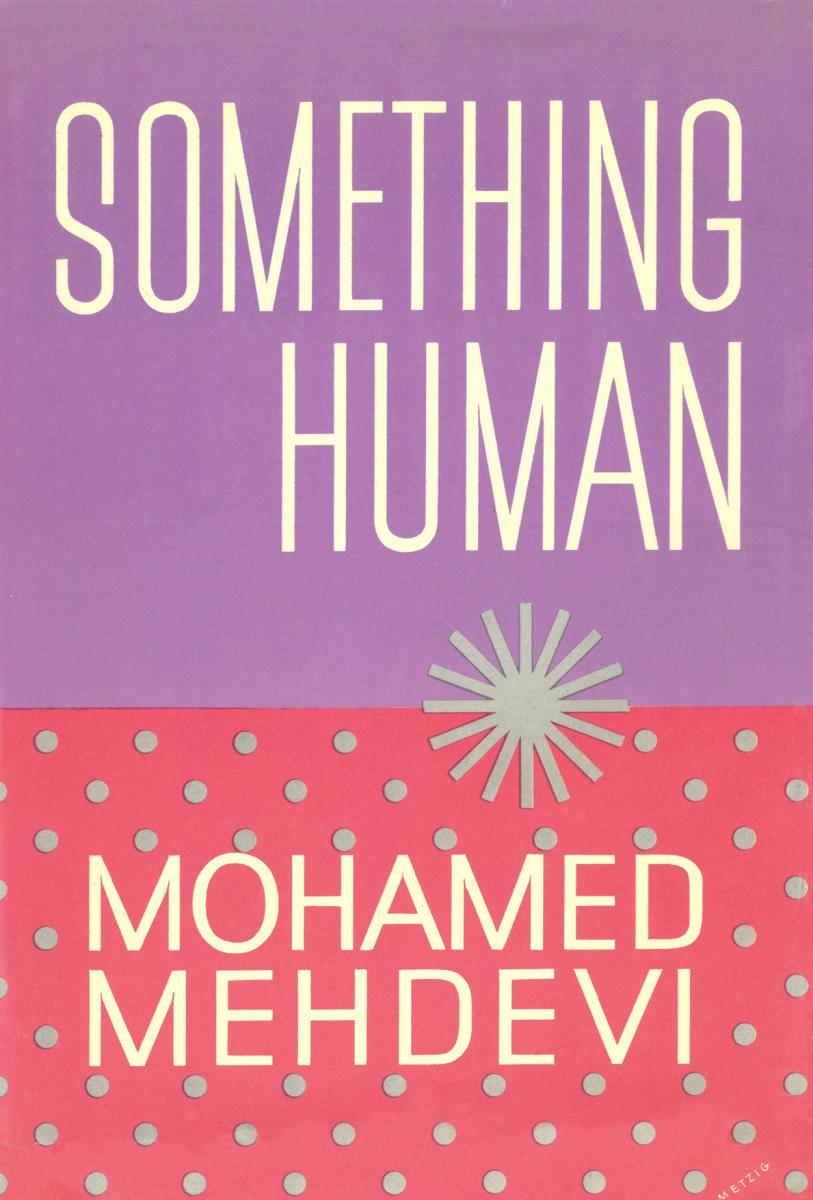
Something Human is one of my favorite travel books. It is the memoir of a young Iranian man’s first trip to the U.S. in the 1960s, and his observations are artful and fascinating. We rarely hear from a young Middle Easterner traveling to the U.S. for pleasure in the swingin’ ’60s. The book is such a gem. It’s quite obscure, for no good reason. —Katie Fricas (events assistant)
Jack Finney | Time and Again
In Time and Again, travel is mainly in time but, to a degree, in space as well. For the same city N.Y.C. looks like another place, quite different viewed in another century. Time and Again is a must-read for every nostalgic New Yorker. —Joe Russo (systems assistant)
James A. Michener | Hawaii
James Michener’s magnificent epic Hawaii begins with the geologic history of the islands before the first people arrived by canoe from Polynesia and culminates with the admittance of our 50th state. Between these momentous events, Michener creates wonderful characters representing the people who came to the islands from different countries and with different customs. The author tells the story of the diverse groups finding their way to some semblance of harmony in a place that, though breathtakingly beautiful, was so small geographically. Visiting Hawaii, the state with the highest percentage of mixed-race people today, one still feels that sense of concord. Even if you’re not planning a trip there, travelling somewhere by book is always the next best thing. —Cathy McGowan (circulation librarian)
Edwidge Danticat | After the Dance: A Walk Through Carnival in Jacmel, Haiti
In After the Dance Edwidge Danticat introduces readers to the stunningly rich world of Haiti. A Haitian living abroad who has never attended Carnival in the island’s thriving Jacmel, she writes with both an intimate familiarity and a sense of wonder. Traveling through the small but thriving port city, she opens up corridors to understanding Haiti’s past through colorful conversation 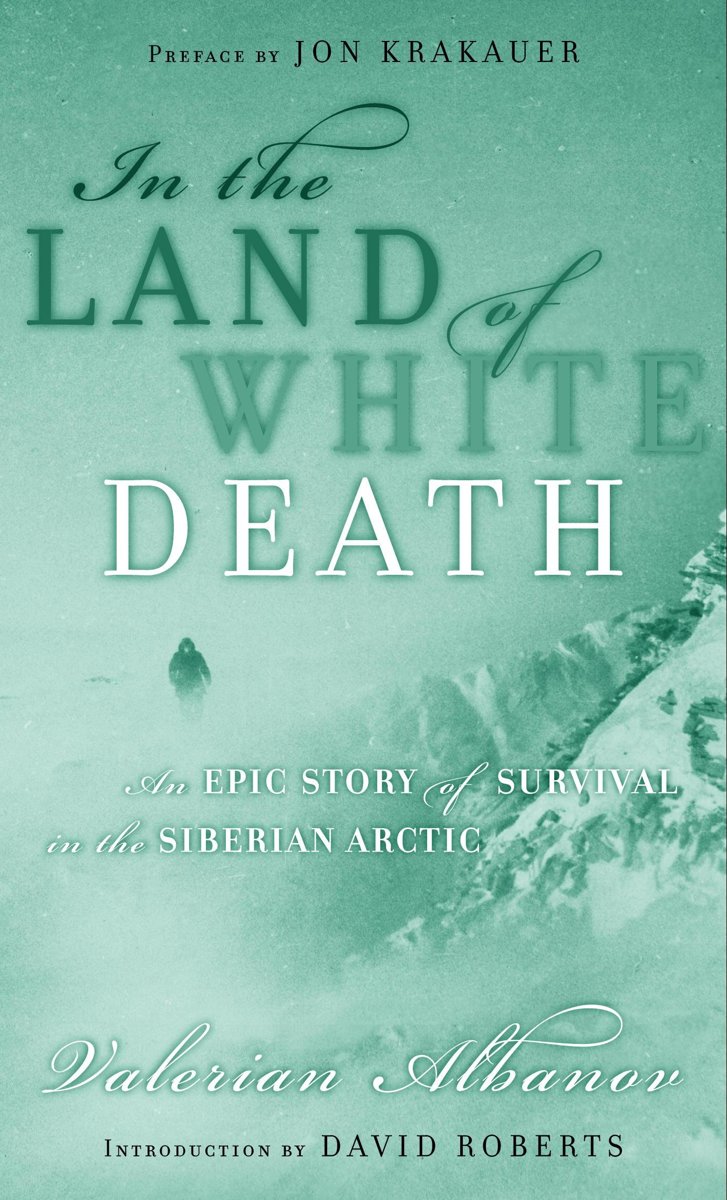 with the people who make it the place to be during Carnival. Danticat twirls readers around parades of cross-dressing May queens, dramatic AIDS protesters, and the town’s renowned papier-mâché animal costumes. With each page, the people of Haiti and their complicated love for the country come alive. As Danticat’s friend Michelet Divers explains, “This is a country where people are poor in money perhaps, but rich in culture. Carnival is a chance to show our kind of wealth.” —lae sway (circulation assistant)
with the people who make it the place to be during Carnival. Danticat twirls readers around parades of cross-dressing May queens, dramatic AIDS protesters, and the town’s renowned papier-mâché animal costumes. With each page, the people of Haiti and their complicated love for the country come alive. As Danticat’s friend Michelet Divers explains, “This is a country where people are poor in money perhaps, but rich in culture. Carnival is a chance to show our kind of wealth.” —lae sway (circulation assistant)
Blue Guide to Belgium and Luxembourg | L. Russell Muirhead (Ed.)
The 1963 Blue Guide to Belgium and Luxembourg follows the 1929 edition and thus refers to Belgium’s role in World War II. These accounts, plus the well-researched changes in art, architecture and public spaces resulting from the bombings, have particular significance for us. We were born in Antwerp, Belgium, during WWII and lived in that city until the end of the war. The book includes a fascinating, very little-known history of Belgium, from Roman times up to 1962, as well as a sketch of the development of Belgian art. The numerous foldout maps have been specially prepared for this edition. —Ada Peluso (trustee emerita) and Romano I. Peluso (member)
